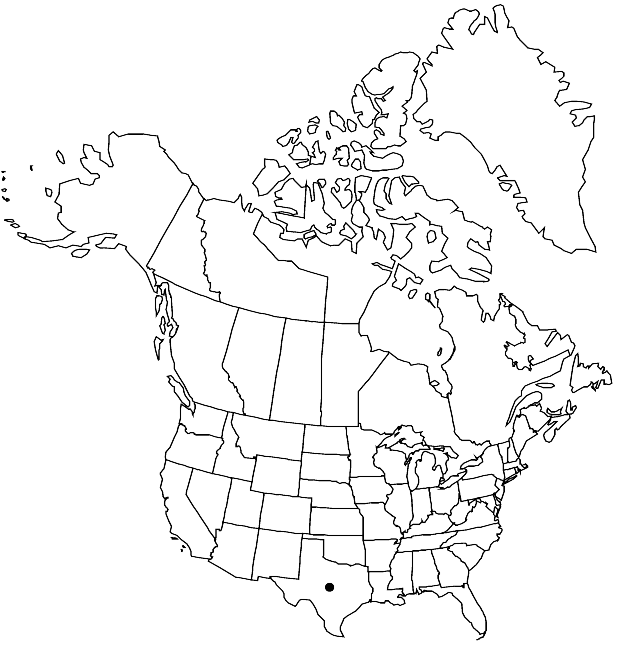Selenia grandis
Rhodora 40: 183. 1938.
Plants winter annuals. Stems erect to ascending, (slender or stout), 1.5–6.5 dm. Basal leaves (soon withered), early rosulate; petiole 1–4 cm; blade margins 2- or 3-pinnatisect, 4–15 cm; lobes 8–16 on each side; apical segment oblong to ovate, 1–10(–12) × 0.5–2(–3.5) mm, margins entire. Cauline leaves (and bracts) similar to basal, smaller distally (lobes fewer). Fruiting pedicels: some from basal rosette (straight or slightly recurved), (30–)50–100(–180) mm. Flowers: sepals (persistent), erect, oblong-lanceolate, 9–12(–15) × 2–3.5 mm, apex appendage well-developed, (1–)2–4 mm; petals broadly obovate, 12–15(–20) × (5–)7–11 mm, apex rounded; median filament pairs 4–6 mm, slightly dilated basally; anthers linear, 3–4 mm; gynophore usually obsolete, rarely to 2 mm. Fruits oblong, somewhat inflated, (0.8–)1–2(–2.5) cm × 5.5–7.5 mm, (fleshy green, thick, leathery), base and apex obtuse to subacute; valves (covered with well-developed vesicles), not veined; replum rounded; septum complete; ovules 16–44 per ovary; style 2–5(–7) mm, not flattened basally. Seeds 4–5 mm diam.; wing 1–1.5 mm. 2n = 24.
Phenology: Flowering Dec–Mar.
Habitat: Open grounds, fields, flood plains, roadsides, slightly saline alluvial silt, ditch banks
Elevation: 0-100 m
Distribution

Tex.
Discussion
Selenia grandis, which is restricted to the lower valley of the Rio Grande, is easily distinguished from other species of the genus by the presence of vesicles on fruits and by the persistent sepals.
Selected References
None.